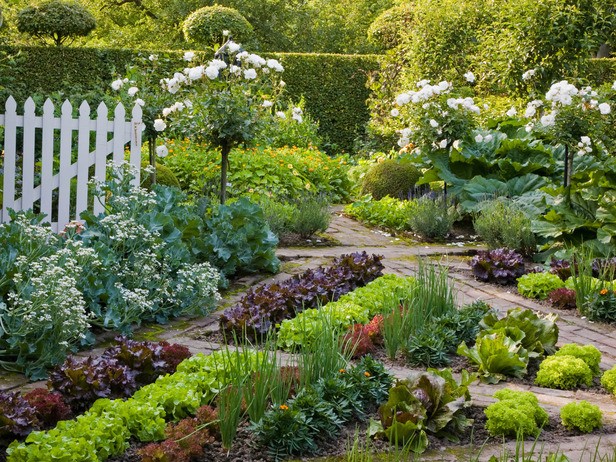Gardening is a hobby that can be enjoyed by everyone. With the numerous types of accessible gardening methods available, physical limitations or mobility concerns should not prohibit you from growing a garden. An online search of photos of accessible gardens that creative individuals have designed will give you some ideas as to how you might want to design your garden. Keep in mind that accessible gardening is just like traditional gardening in that the design you choose and the plants you include can be tailored to your individual preference.
Raised beds are a popular form of accessible garden. When you choose this method, you can construct the gardens so that they are a convenient height for you. The width of the garden can also be determined in accordance with the range of reach you have. If you have the space available, you can construct numerous raised beds in order to increase the variety and amount of vegetables you grow. Be sure the area between the beds is large enough for a wheelchair, walker or rolling cart if you depend on any of these items. A smooth surface area is essential for easy navigation through your raised beds.
Garden tables are an ideal method of accessible gardening. They are ideal for anyone using a wheelchair or mobility scooter. Garden tables can be built to fit the space you have available. You can find some helpful information on how to construct a table garden from most cooperative extension offices. Table gardens should allow for at least a 6″ soil depth. Increasing the soil depth will expand the variety of vegetables you can grow in your table garden. A lightweight, organic potting mix is recommended for table gardens. This type of accessible garden will require more frequent watering than a traditional garden or a raised bed garden. When you plan the layout for individual plants, be sure you put plants such as beans, peas, squash, cucumbers and anything other type of vine along the edge of a raised bed or table garden. This will make harvesting the vegetables much easier and prevent them for becoming entwined with the other plants.
Planter boxes and standing planters are an ideal way to create an accessible garden. You can create an individual garden design using boxes, planters and trellises by looking around the Internet and at local stores. The shape of the boxes allow for easy reach and easy navigation around the planters. This type of garden is a great choice if your only available space is a patio or deck.
An accessible garden is quite similar to the very popular container gardens that are increasingly trendy. To assure the greatest success with the plants you include in your garden, you can utilize the list of recommended vegetable varieties for container gardens found at http://www.highmowingseeds.com/Suggested-Varieties-For-organic-non-gmo-Vegetable-Container-Gardening.html. Don’t hesitate to try new vegetables in your garden. Gardening should not simply be a means of providing food for you and your family; it should also be an enjoyable and personally rewarding hobby.
If you liked this, you might also enjoy…

